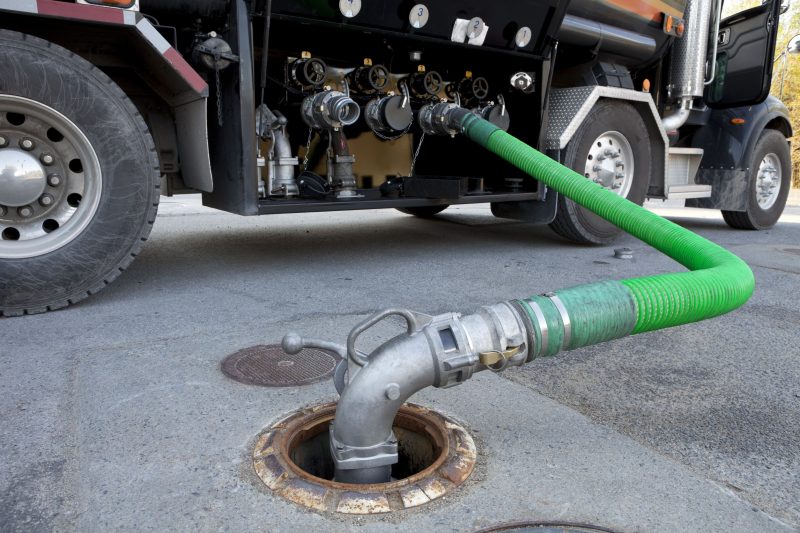The correct steam pressure and high steam quality at the turbine inlet are required to ensure proper steam turbine operation and performance. Best practices for optimal level of steam turbine maintenance and operation are mentioned below.
Steam Quality
Entrapment of condensate in the steam supply boosts turbine steam rates, lowers turbine efficiency, and creates steam turbine component corrosion, i.e. nozzles, blading, and governor valves. Providing insulation the steam supply lines and other components such as the casing and valves helps prevent steam from discharging energy that produces condensation within the steam system.
Proper design of all steam supply lines is a central desert condensate removal elements, including steam trap stations and properly designed steam line drip pockets.
Pipe Contraction and Expansion
It is important to ensure no excess forces are transmitted to the turbine flanges to the proper review, analysis, design, and installation of steam piping.
Movement of the turbine’s flanged connections can occur through thermal expansion – a consideration during the piping design process. Piping design must allow for contraction and expansion of the steam piping.
It is common to use expansion joints in low-pressure and vacuum lines that are often large and rigid. If expansion joints are needed, it is important to place them properly and their foundations determined properly to prevent forces greater than those allowed for the exhaust flange to occur.
Sizing of Exhaust and Supply Line
Proper steam piping design must be provided to allow full steam line pressure at full load capacity at the turbine inlet. The size of the supply line must be calculated for the load and with consideration of the pressure drops due to the length of pipe and system components, such as fittings and valves. Turbine performance may be affected by pressure loss in the supply line.
Steam turbine maintenance and design considerations must include the discharge piping exhaust pressure that determines the required discharge line size. All pressure drops must be included in the sizing consideration. In order to avoid a negative effect on turbine performance, excessive pressure must be eliminated.
Support for Steam Piping
The dead weight of the steam piping must be supported, commonly with spring or rigid support designs. A rigid support can be used with an expansion joint these installations typically include supports, anchors, and guides.
In Review
Any steam turbine maintenance service must ensure that proper steam quality is being delivered to the turbine. As well must ensure that exhaust and supply lines are sized properly and the steam piping is properly supported. As well, proper expansion and contraction must be taken into account in the system.



